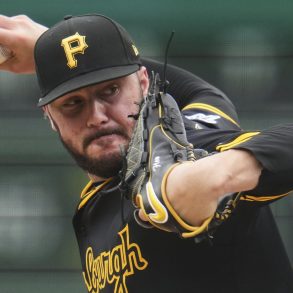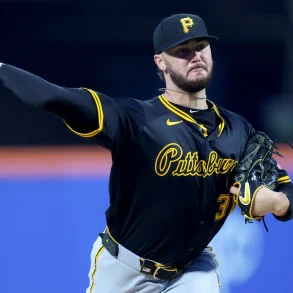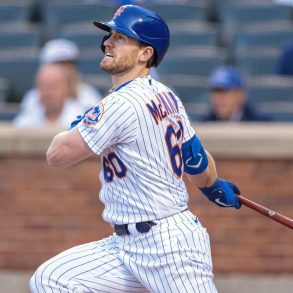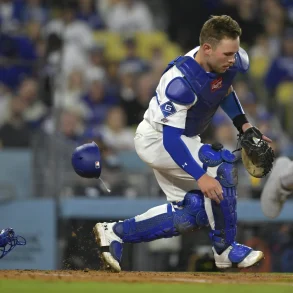Last year around this time, the Baltimore Orioles made their biggest offseason move by trading for right-hander Corbin Burnes.
However, that trade ended up being a one-year deal, as Burnes left for Arizona through free agency in late December. Now, the Orioles are running out of time to find a top ace before spring training starts.
“We like where we’re at, but we still have time on the clock before the offseason’s over,” said general manager Mike Elias at the team’s Birdland Caravan on Friday. “There are still free agents. The trade market sometimes happens very late. I can’t forecast that or handicap it, but there’s still those possibilities.”
In their first offseason under new ownership, the Orioles have spent some money but haven’t made any moves as bold as trading for Burnes. Baltimore has added outfielders Tyler O’Neill and Dylan Carlson, starting pitchers Charlie Morton and Tomoyuki Sugano, reliever Andrew Kittredge, and backup catcher Gary Sánchez. Except for O’Neill, none of these moves come with more than a one-year commitment.
As a result of these changes and raises for arbitration-eligible players, the Orioles’ payroll now ranks 15th in the majors, according to Spotrac. This is a big jump for a team that used to rank near the bottom, but Baltimore still has little money tied up for 2026 and beyond.
There may be logic to keeping future spending low, especially with several young stars like Gunnar Henderson, Adley Rutschman, Grayson Rodriguez, and Jordan Westburg, who could become expensive to sign long-term.
“There’s positives to it when you have year-to-year flexibility,” Elias said. “But I’m expecting that will evolve and maybe not remain the case. Maybe this time next year, we’re talking about something different.”
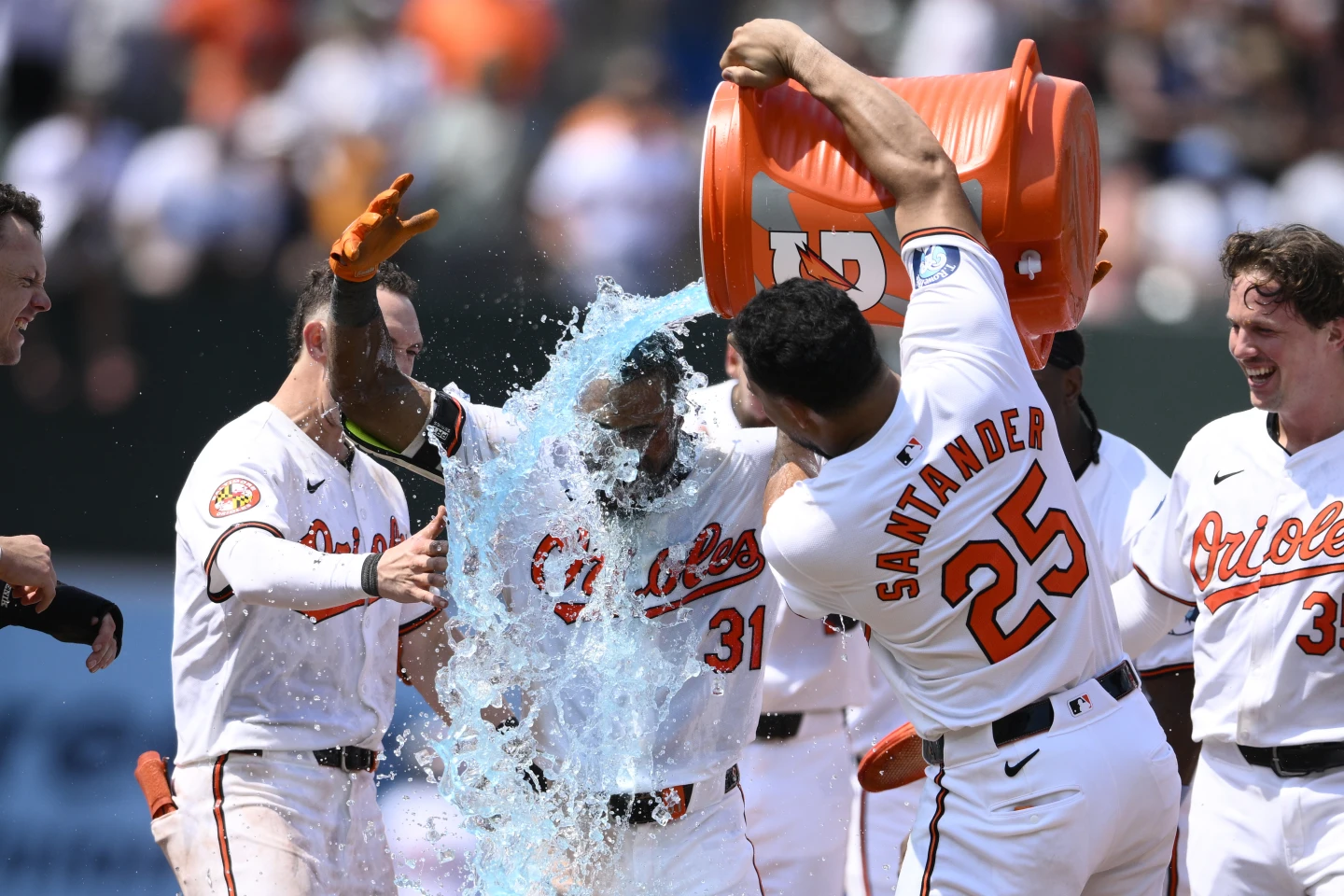
For now, the Orioles haven’t signed any of their young stars to long-term deals, and the lack of such agreements comes with some costs. For example, Baltimore will pay 41-year-old Morton and 35-year-old Sugano a combined $28 million this year. In comparison, the New York Yankees signed All-Star Max Fried to an eight-year, $218 million deal — an average of $27.25 million per year.
While Fried’s deal might be riskier than the Orioles’ choices, there’s a reason pitchers like him get long-term contracts. Baltimore’s success in 2025 may depend on how well the rotation performs after losing Burnes and adding only short-term options through free agency.
As the Orioles gradually increase their spending, owner David Rubenstein recently shared with Yahoo Finance that he wishes baseball had a salary cap. This comment suggests that he is not eager to go on a big spending spree, something many Baltimore fans hoped for when he took over the team last season, especially with a roster full of young, low-cost talent.
Instead, increasing the payroll has been a slow and steady process.
“I think we’ve elevated the payroll continuously since the beginning of the rebuild,” Elias said. “We’ve talked about it all along. Obviously that was before David Rubenstein and his group bought the team, but after they purchased it, it certainly, like I’ve said, kind of expanded our options in a great way.”
As the Orioles aim for their third straight postseason appearance, Elias isn’t worried about other teams’ big spending. When asked about the Los Angeles Dodgers, who have added Blake Snell, Tanner Scott, and Roki Sasaki to a team that won the World Series last year, Elias said, “I’m glad they’re in the National League West.
They’re a great, great, great organization. They’re obviously kind of at the top of their game right now. (Shohei) Ohtani is a once-in-a-century baseball player, and they have him. They’re very well run all around. Hopefully that’ll be our problem in the World Series, but kudos to them.”




